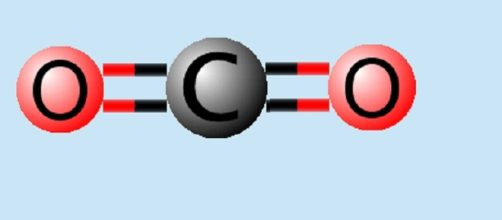The climate change community has been entertaining us and one another with apocalyptic visions about what will happen to the Earth if humans continue to pump carbon dioxide into the atmosphere. The scenario of an out-of-control greenhouse effect has been used to justify draconian cutbacks against the use of oil, natural gas, and coal to generate energy and mandates to use renewable energy such as wind and solar.
Some groups of innovative researchers have come to regard all of that CO2 as a resource rather than a pollutant. Projects are being developed to extract carbon dioxide from the atmosphere and use it to create useful products.
Various kinds of fuel have been proposed. Now, according to the Daily Caller, a group of researchers recommend using that extra CO2 and make food out of it.
Carbon dioxide changed into food
CO2 is already turned into food by nature. Plants imbibe the gas, along with sunlight and nutrients from the soil, and become vegetables, grains, and fruit. The VTT Technical Research Centre of Finland has a slightly different approach, using CO2, water, phosphorus, and electricity. The result is a powder that is 50 percent protein, 25 percent carbs, and some added fats and nucleic acids. The taste is said to be quite bland.
What would this new manufactured food be used for?
The obvious use of this new version of Soylent Green (not made from people) would be as filler for animal feed.
The less corn that has to be used to fatten up the cattle, hogs, and chickens that people like to eat, the more that can be employed as people food. The derived food powder could be used as a supplement for vegans who, by the nature of their chosen diet, have difficulty getting enough protein into their naturally omnivorous bodies.
What about the ‘ick factor?’
On the other hand, the CO2 derived food powder is not likely to become a secret ingredient on the next episode of “Iron Chef.” The product might be a featured on “Master Chef” simply because Gordon Ramsey has sadistic tendencies. Food is not only supposed to be nutritious, but also has to taste pleasant and, with some sophisticated diners, make for an excellent presentation on the plate.
Tasteless powder is not about to be a favorite at the super market.
Then too, there is the ick factor derived from how it is created. What self-respecting person wants to eat food that comes, in effect, out of a smoke stack? True, it serves an environmental purpose by diverting the CO2 from the air. However, it would take a marketing genius with more imagination than Don Draper to sell the stuff to a mass customer base.


